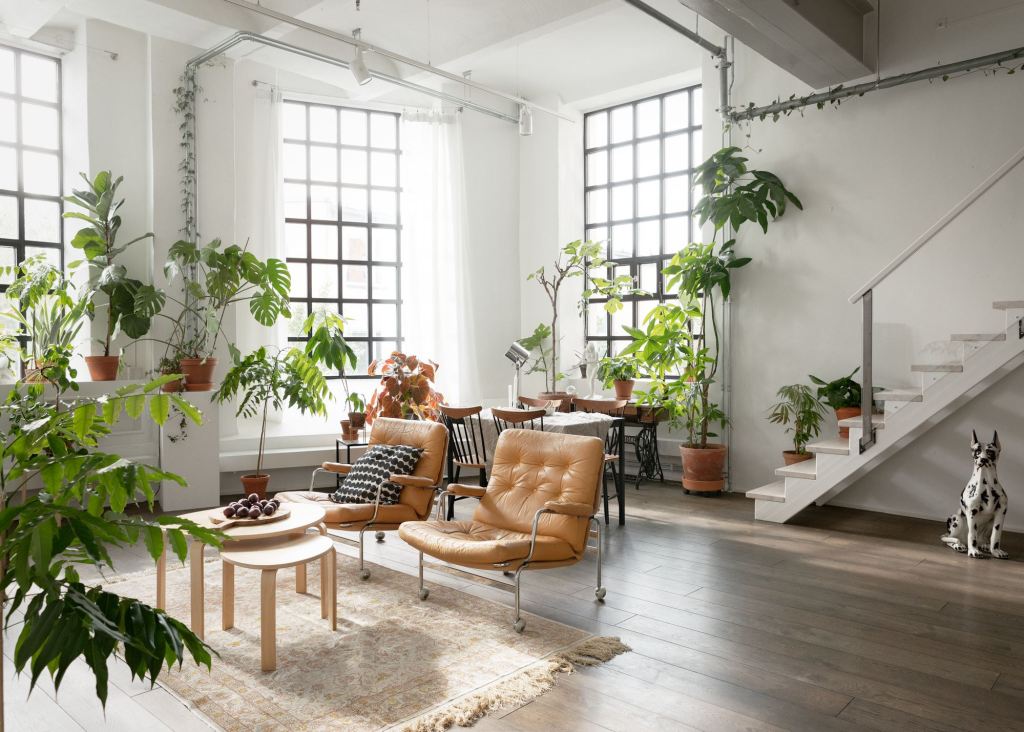Loft conversion is a great way to add value and space to your home without increasing overall footprint, conversions of this type can be perfect in areas with less space to the front and rear of the home. A loft conversion can be a daunting task and they can cost a reasonable sum of cash, however, this is estimated to add around 20% onto the value of your property.
Planning Permission & Building Regulations
No planning permission is usually required for a loft conversion as it usually falls under permitted development, however, please double check your project does not fall out of the requirements for permitted development.
If you live in a semi-detached or terrace house, you will also need to notify your neighbours of the work under the Party Wall Act and during the work you will also need to obey the building regulations. The main elements of building regulations you will need to consider are parts L, U-value efficiency, Part K, preventive measures from falling, collisions & impact and parts B and P for electrical and fire safety.
Requirements for an official extra room
If you are looking to add a loft conversion for a little extra space or storage a loft ladder would be an ideal solution to get in and out of your loft on an infrequent basis, however, should you want to class your loft conversion as an official room you must have a fixed staircase and the celiing height should be a minimum of 2m.
Ideas and Considerations
Once you’ve decided a loft conversion is what you are looking for start thinking about the space, what would you like the room to be used for and how can you optimise the new space in your home? Below are a few tips to help you on your way:
- Low Windows: If possible you may want to consider longer and lower windows in your loft space. Roof windows are perfect for drawing in natural light however depending on your setting you may want to see the views from your new space.
- Colour Scheme: Loft rooms can sometimes look a little old and beams can sometimes look out of place once your structure is built. Try not to make these a problem and celebrate the natural look, or even add a splash of colour to them! Don’t forget some colours can even make the room look larger and set the ambiance of the room.
- Furniture Placement: Don’t let loft beams be a design issue, although challenging work with the beams and sloping ceilings and think about furniture placement, taking advantage of the cosy smaller spaces.
- Use Eaves and Slopes for Storage: Again, use the design of the room for storage and cleverly design furniture around this. Can you build storage units into sloping areas or add storage solutions into awkward spaces?
Summary:
In summary there are so many things to think about when converting your loft but hopefully you’ve now taken away some of the answers to questions you had regarding planning permission and building regulations as well as finding some useful tricks and tips when it comes to the design stage. When you decide to take the leap and get started we wish you the best of luck, but most importantly have fun with your new space!




















